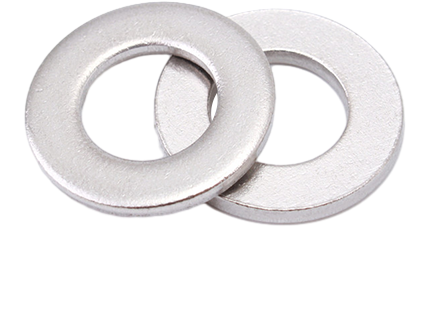threaded rod and stud bolt
11月 . 14, 2024 00:18 Back to list
threaded rod and stud bolt
Understanding Threaded Rods and Stud Bolts Applications, Specifications, and Benefits
Threaded rods and stud bolts are essential components in various industries, playing a significant role in fastening applications. Their versatility, strength, and durability make them ideal for construction, manufacturing, and other engineering projects. This article aims to explore the characteristics, applications, and advantages of using threaded rods and stud bolts.
What Are Threaded Rods and Stud Bolts?
Threaded rods are long, cylindrical rods with continuous threads running along their entire length. They are typically used in applications where a long fastening solution is required. Manufacturers produce threaded rods in various materials, including steel, stainless steel, and plastic, catering to specific environmental and mechanical requirements.
Stud bolts, on the other hand, are short bolts that are threaded on both ends, with a smooth shank in between. They are primarily used to connect two or more components, such as flanges in piping systems or machinery assemblies. The threading allows for the secure attachment of nuts or other fasteners, creating a tight joint that can withstand considerable loads.
Applications of Threaded Rods and Stud Bolts
Both threaded rods and stud bolts are used across a wide range of applications. In construction, threaded rods support structures, serving as tension and support elements in various frameworks. They are also commonly used in anchoring systems, such as securing lighting fixtures, signposts, and other structures.
In the manufacturing sector, stud bolts are frequently employed in the assembly of machinery where vibration resistance is crucial. They ensure that components are tightly held together, minimizing wear and promoting longevity. Furthermore, in the oil and gas industry, stud bolts are critical for flanged connections in pipelines, providing leak-proof seals and facilitating maintenance.
threaded rod and stud bolt

Specifications and Standards
The specifications for threaded rods and stud bolts vary based on their intended application. Several standards govern their design and manufacturing, including the American National Standards Institute (ANSI) and the International Organization for Standardization (ISO). These standards cover aspects such as material properties, dimensional tolerances, and strength requirements.
Thread pitch, diameter, and length are some of the key specifications that influence the performance of these fasteners. Additionally, the choice of coating—such as zinc plating or galvanization—can enhance corrosion resistance, making threaded rods and stud bolts suitable for outdoor and marine applications.
Benefits of Using Threaded Rods and Stud Bolts
The primary benefits of using threaded rods and stud bolts include their high strength-to-weight ratio, ease of installation, and versatility. They can be customized to meet specific load requirements and are available in various configurations to suit different applications. Their ability to be easily adjusted or removed makes maintenance and repairs more manageable.
Moreover, the reliability and structural integrity they provide make them indispensable in critical applications where safety is paramount. The consistent performance of threaded rods and stud bolts contributes to the overall efficiency and durability of machinery and structures.
Conclusion
In summary, threaded rods and stud bolts are vital components in various industries, offering strength, versatility, and reliability. Understanding their applications and specifications can help engineers and manufacturers make informed decisions, ultimately enhancing project outcomes and safety.
Latest news
-
High-Quality Panel Stud Bolt Reliable Panel Stud Bolt Factory & Suppliers
NewsJul.08,2025
-
High-Precision Fine Thread Locknuts Manufacturer & Supplier Custom Solutions
NewsJul.08,2025
-
PH Imperial Stud Bolt – High Strength Fasteners from Leading Supplier & Factory
NewsJul.07,2025
-
High-Quality Allen Wrench Bolts Leading Factory, Company & Suppliers
NewsJul.07,2025
-
Wholesale Ball Stud Bolt - High Quality Supplier & Factory Price Reliable Wholesale Ball Stud Bolt Company
NewsJul.06,2025
-
High-Strength Alloy Bolts Manufacturer & Supplier Quality Alloy Fasteners Factory
NewsJul.06,2025
